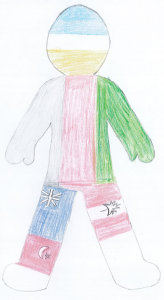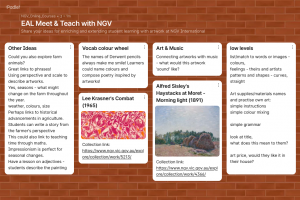Developing English through an understanding of how languages work
Summary
On 17 November, presenters from Lexis Education showcased how they use a Systemic Functional Linguistics approach in their classrooms.
Payal Yadav detailed her experience in a New Arrivals primary setting, working with students with diverse language backgrounds. She outlined a unit of work using the description genre on the topic of animals with a range of highly scaffolded yet high challenge language activities to enable students to develop an understanding of how language works.
Imogen Lazarus presented on her work with secondary students and detailed her use of the teaching and learning cycle and explicit instruction about clause and phrase structures.
Both presenters demonstrated how they build students’ metalanguage both for learning English and learning about English. Drawing on students’ existing language resources to contrast English with their first languages was also highlighted in the session. Overall, this was a highly engaging presentation that enabled participants to learn from teachers experienced in this approach and offered a variety of practical ideas for how to develop students’ understanding of how language works using a Systemic Functional Linguistics framework.
Recording
Powerpoint and other Resources
Type




